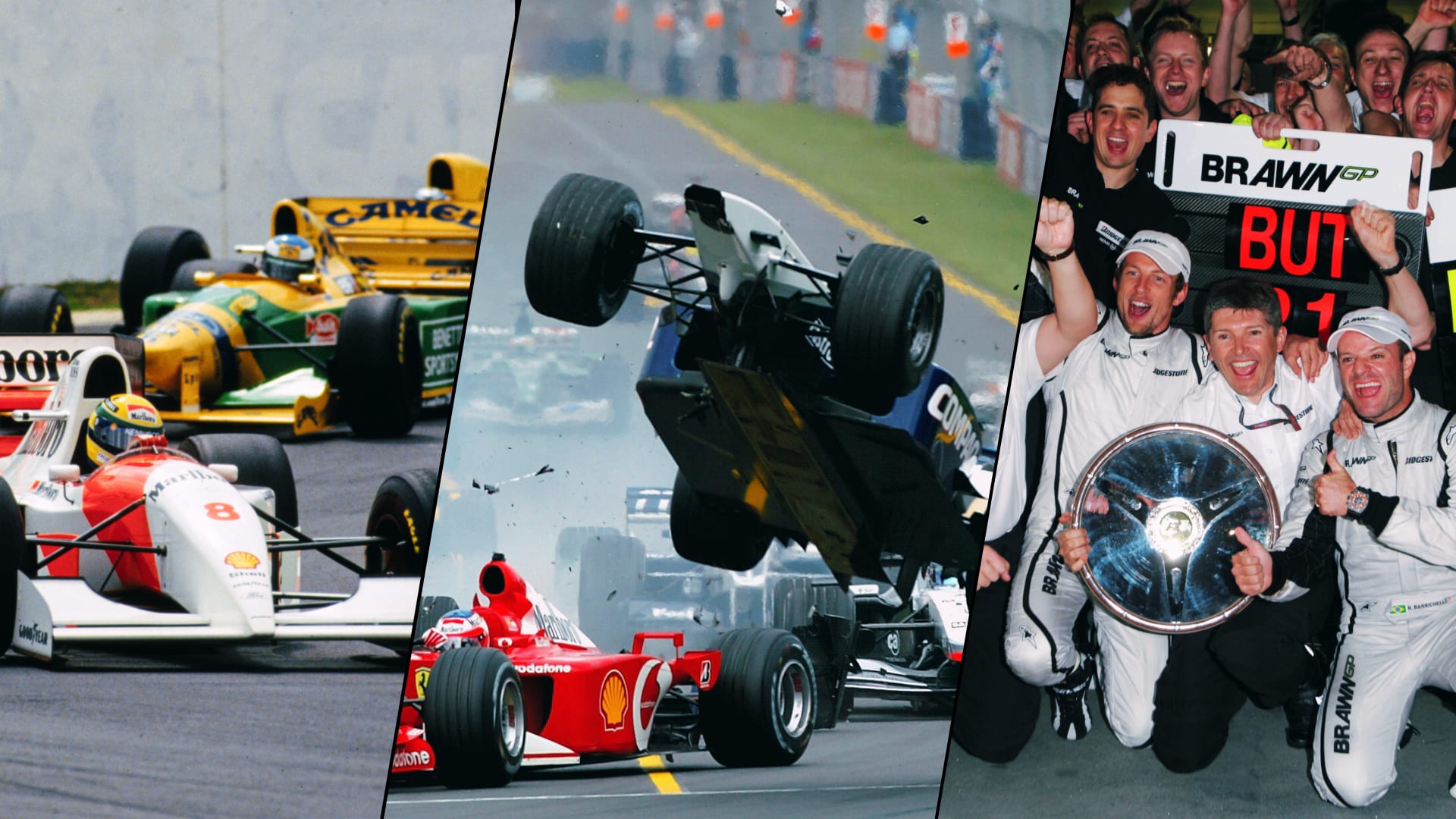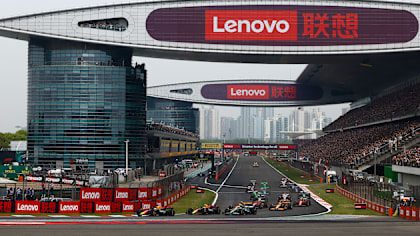)
Feature
Fearless racers and engineering masterminds – Influential women from every decade of F1
Share
)
Women have been instrumental in Formula 1's success, both on the track and behind the scenes. While the sport continues to strive for improved gender diversity, there are now more women than ever having an impact in the paddock. To celebrate International Women's Day, we're taking the chance to acknowledge some of the most influential women from the last 75 years of F1...
1950s – Maria Teresa de Filippis
Think of F1 in the 1950s and you probably conjure up images of black and white film, tubular aluminium cars, and oversized leather goggles. Back then motorsport was a hobby for primarily middle-aged gentlemen hoping to concentrate on something other than adapting to the post-war world. However, Maria Teresa de Filippis was a notable and pioneering exception.
READ MORE: The 75 best drivers, cars, innovations, teams and key figures in F1 history
Born in the roaring 20s to an Italian count, she pursued her love of motorsport from the age of 22 despite some criticism from her relatives – it’s said that two of her brothers made a bet that she would be too slow. They were quickly proved wrong after De Filippis entered a national sports car championship and finished in second place, prompting Maserati to sign her as a works driver in 1954.
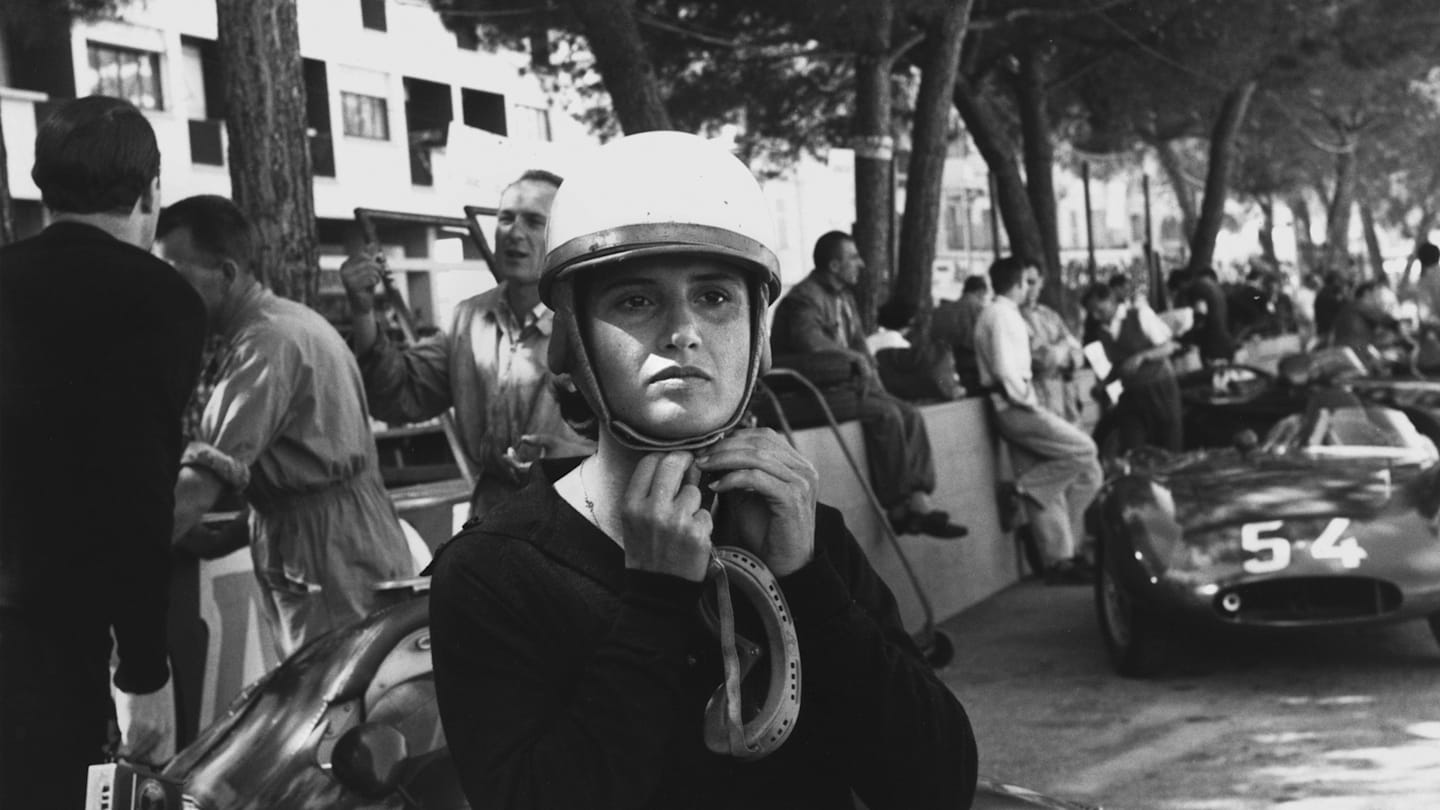
De Filippis made history as the first woman to race in F1
After trying her hand at endurance racing and hillclimbs, she was offered the chance to drive a Formula 1 car in 1958, making her the first woman to race in the series. Maserati had withdrawn as an official constructor by that point, but their cars were available to independent entrants, known as privateers.
Her first taste of F1 came in Monaco where she was one of 31 participants – alongside half the field, including future supremo Bernie Ecclestone, she failed to qualify.
READ MORE: Anatomy of a pit stop: How do F1 teams service their cars in less than two seconds?
Going a step further at the 1958 Belgian Grand Prix, De Filippis claimed her sole race finish as she crossed the line in last place before heading to France. Here, she suffered a dent to her ambitions – she alleged that she was prevented from competing by the race director, who told her that “the only helmet a woman should wear is the one at the hairdresser's”.
Her subsequent races were affected by engine issues, and her F1 career ended where it started in Monaco in 1959. The death of Porsche’s Jean Behra in a support race for that year's German Grand Prix prompted De Filippis to step back from racing, but her legacy as a pioneer for women in motorsport saw her go on to become Vice-President of the International Club of Former F1 Grand Prix Drivers.
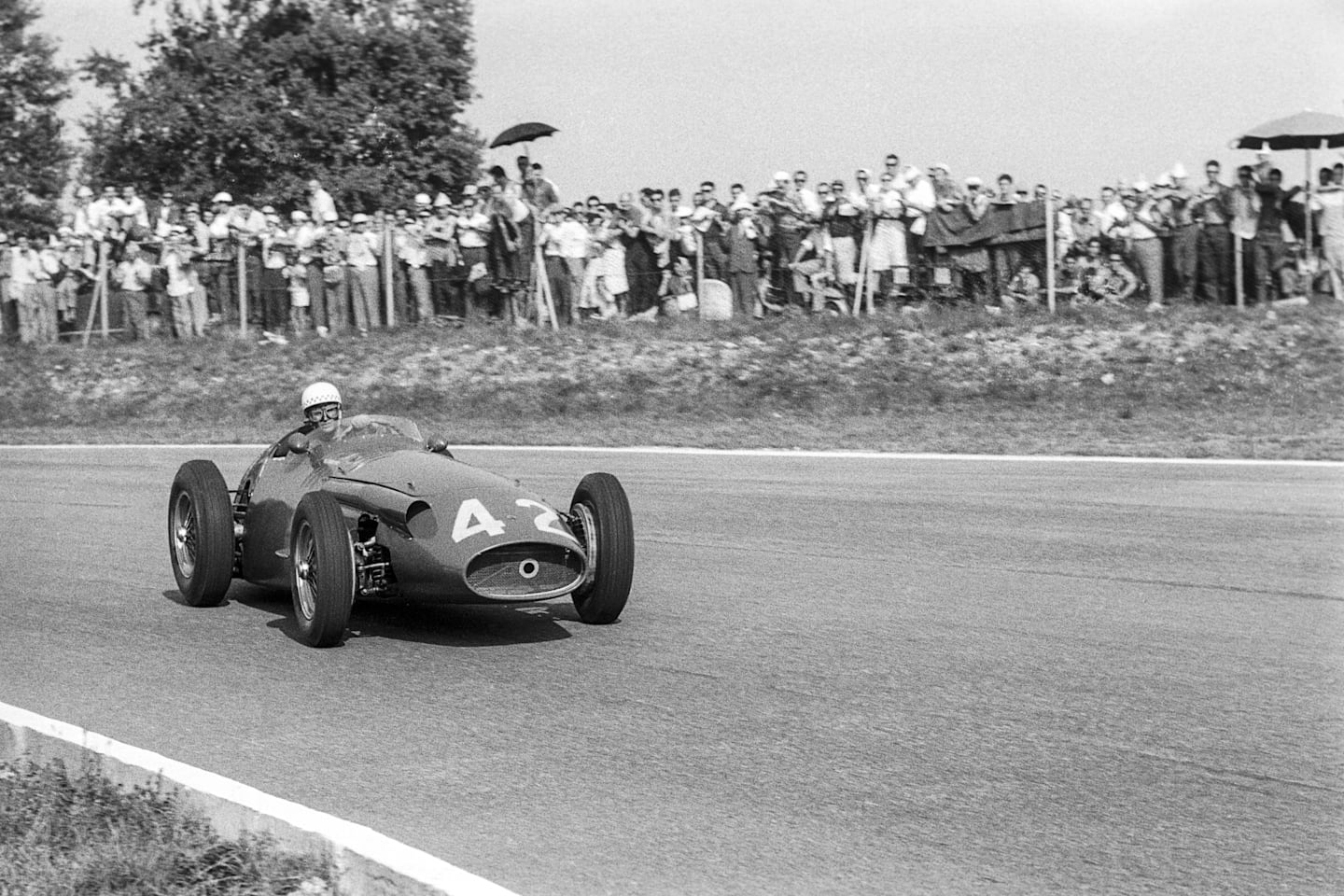
F1 has progressed in every aspect since the 1950s
1960s – Hazel Chapman
Although she’s listed to the 1960s here, Hazel Chapman’s impact on motorsport spans decades. It would be an injustice to reduce her to the label of Colin Chapman’s wife – together they co-founded the iconic Lotus company, with her business acumen and racing knowledge forming its foundations.
At the beginning of their relationship, her parents gave Colin permission to build his own car in their garage, which eventually went on to become the Mark 1 Lotus. When he went away on duty in the Royal Air Force, he would leave Hazel with a list of jobs to complete on the car and its subsequent models.
WATCH: How Lotus changed Formula 1 forever with their ground effect revolution
As their automotive experience grew, so did demand for their services, to the point where Hazel invested £25 of her own money (the equivalent of approximately £613/$792 now) to form Lotus as a registered company in 1952. They went from strength to strength as she became a key figure on the board across Lotus Cars and Team Lotus.
Entering Grand Prix racing in 1958, Lotus went on to dominate throughout the 1960s and 70s with legendary drivers such as Jim Clark, Graham Hill, Jochen Rindt and Emerson Fittipaldi – Hazel prided herself on getting to know all of their drivers right from the very beginning.
At a time when men were assumed to take the lead, Hazel was just as key in Lotus’ journey to the top as her husband – it was their unshakeable partnership and ambition that led to their achievements. The team eventually took a step back from F1, but she continued to be critical to their success in the wider industry.
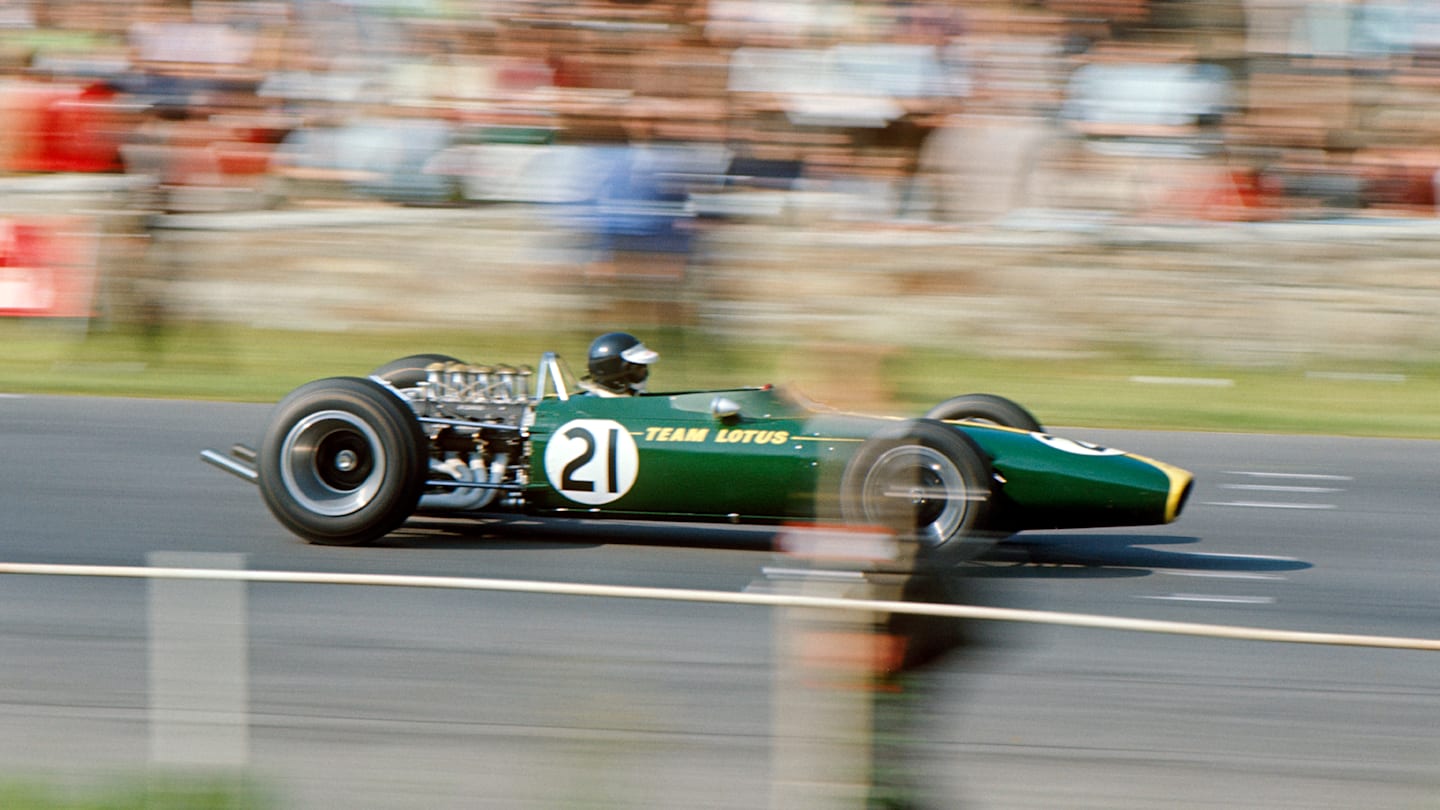
Lotus was one of F1's most successful teams of all time, winning seven constructors' titles
1970s – Lella Lombardi
Any mention of trailblazing women in F1 will include Lella Lombardi, the first and only woman to score points in a Grand Prix almost 50 years ago.
Growing up in Italy, she spent her youth helping out with deliveries for her family’s butcher shop – this sparked her love of driving, but her dream of pursuing it as a career faced resistance from her father. After proving her skill by crossing the line in second in a local race, he decided to lend his support as she progressed from karting to Formula Monza, and later Formula 3 in 1968.
Like many drivers, she endured problems with securing sponsorship, but an Italian nobleman took an interest in her career and funded her F1 entry in 1975 with March Engineering.
READ MORE: Trailblazing racer Lella Lombardi remembered, 30 years on from her death
This kickstarted the longest ever career for a woman in the series – she started 12 races over two seasons, logging a career-best sixth place at the Spanish Grand Prix that netted her half a point. The race ended prematurely after a devastating accident saw four spectators killed by Rolf Stommelen’s car, marking out the event simultaneously as a milestone and tragedy.
Lombardi came close to the points one more time at the Nurburgring where she finished seventh, but arguably the biggest ‘what if’ of her career occurred at the United States Grand Prix. Williams invited her to partake in a one-off drive, but an ignition issue prevented it from taking place and the opportunity never came around again.
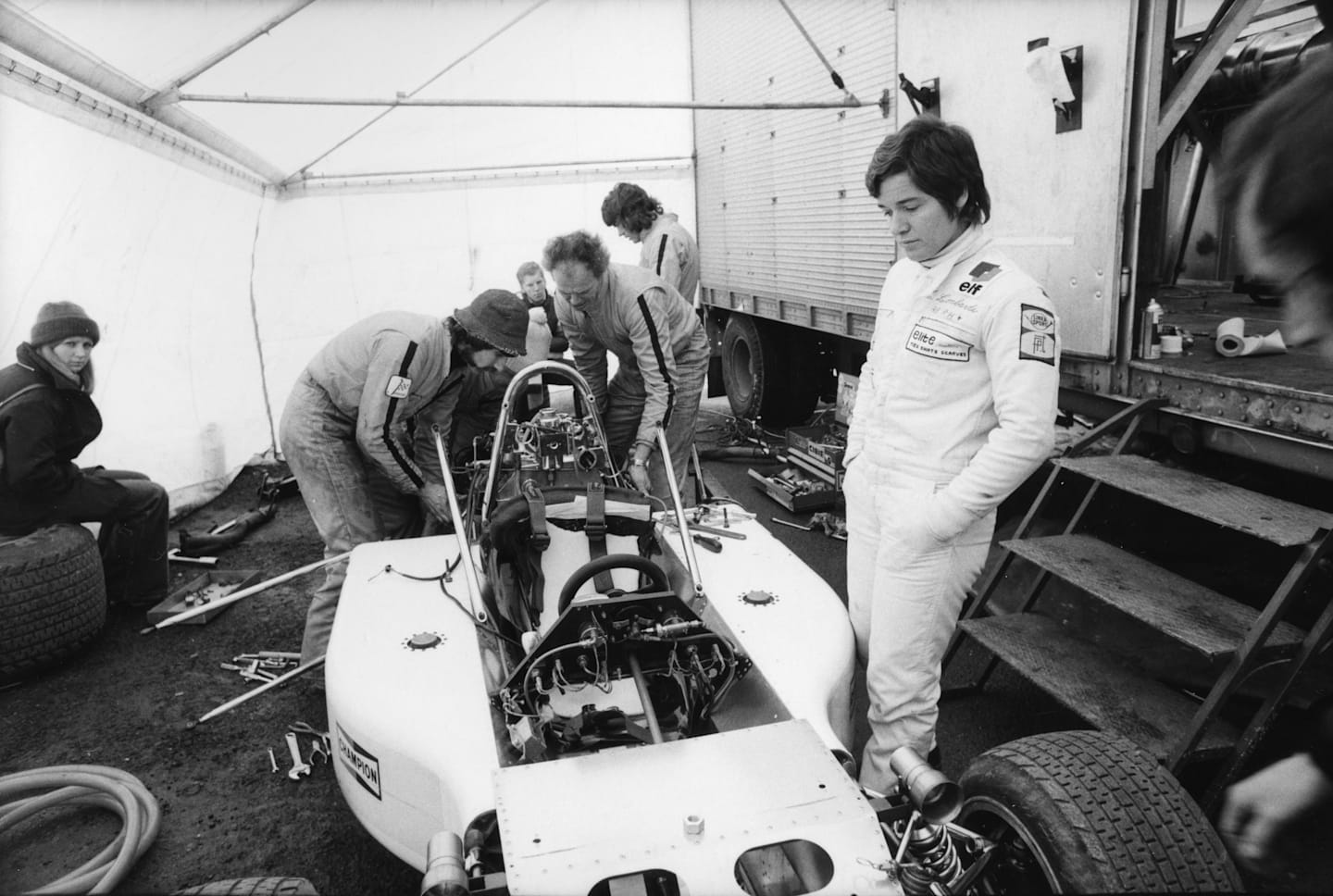
Lombardi's time in F1 made the sport more accessible to women
1980s – Ann Bradshaw
F1’s symbiotic relationship with the media has expanded massively in the last few years, but in the years before Netflix series and TikTok trends, Ann Bradshaw was a groundbreaking and dedicated press officer at Williams.
After making a name for herself in news writing, a friend recommended her for the vacant role of Competitions Officer at the British Racing and Sports Car Club (BRSCC). Bradshaw took the career change in her stride, using her journalism experience to manage members of the press at race weekends and take charge of PR.
From there, she continued in motorsport media at Autosport magazine before she was asked to return to PR in a job with Canon, which coincidentally happened to be Williams’ title sponsor.
Bradshaw ended up staying with the British team for over a decade, taking on the fairly novel role of Team Press Officer in 1985 – with limited TV broadcasts and no dedicated PR slots, she had to be inventive when working with drivers like Nigel Mansell, Keke Rosberg, Damon Hill and Ayrton Senna.
Taking responsibility for the drivers’ public personas was not always the easiest task, but Bradshaw successfully guided Williams through the good and the bad in the media.
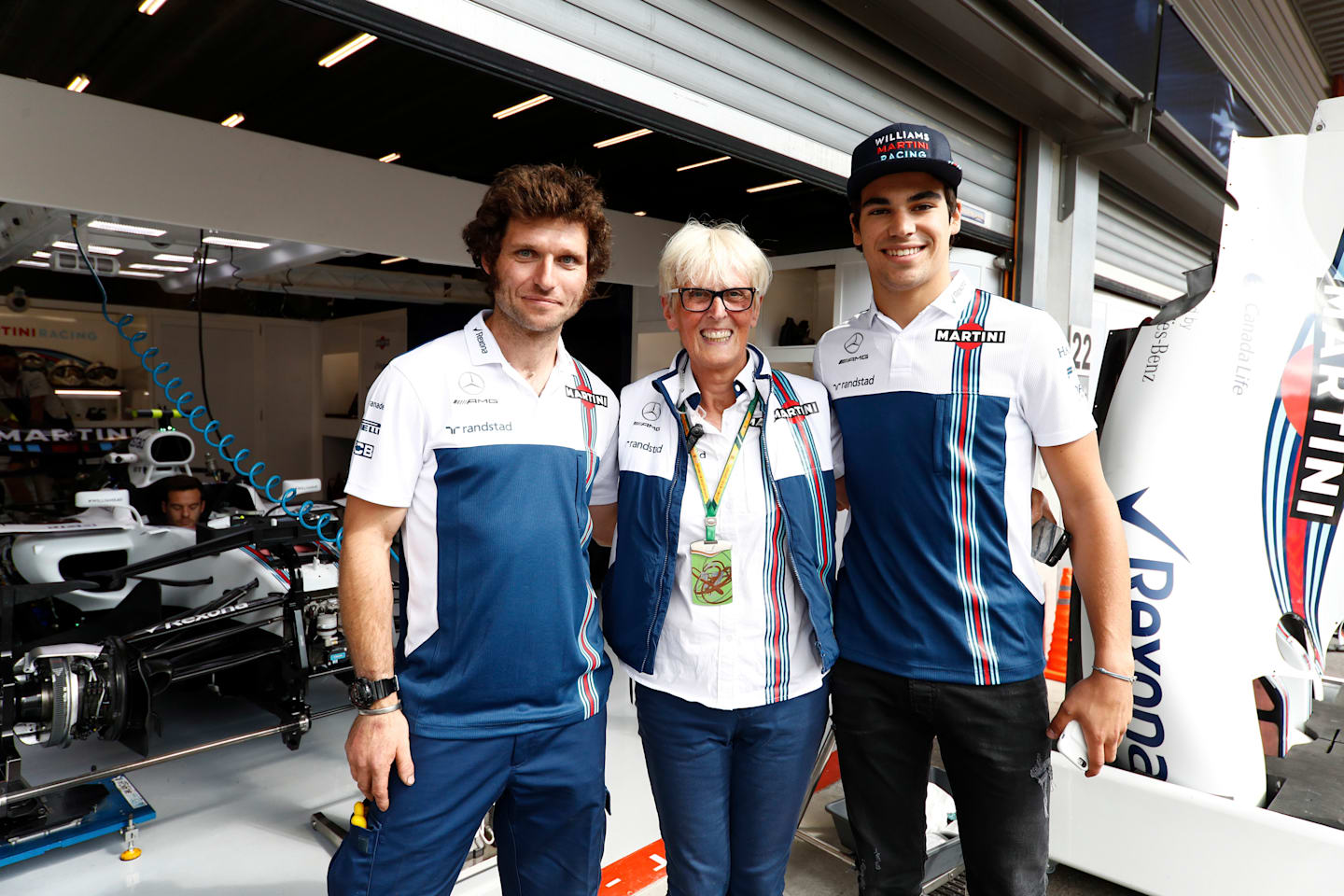
Bradshaw, pictured in 2017, has had an extensive career in F1 as a press officer
1990s – Giovanna Amati
De Filippis was the first woman to enter a Grand Prix and, 34 years later, Giovanna Amati was the last. Back in 1992, the Italian racer attempted to qualify for three races after joining Brabham, becoming the fifth female to enter the F1 World Championship after De Filippis, Lombardi, Davina Galica and Desiré Wilson.
Raised in a wealthy family, Amati fostered a passion for driving from an early age. Her journey to F1 was not a simple one as she had a somewhat tumultuous start to her adult life – at 18, she was kidnapped and held for ransom for just over two months.
Eager to move on from the distressing experience, she put her all into racing, competing in various series until she landed a drive in Formula 3000 in 1987. Her first season was a steep learning curve, but her second saw drastic improvement to the point where she was signed by the Brabham team in January 1992.
Amati scraped together the funding she needed, but the combination of a lack of experience at the top level and Brabham’s struggles (mechanics were allegedly still making her a seat during the first round in South Africa) saw her fail to qualify at any of the three events she entered.
After driving in South Africa, Mexico, and Brazil, she was replaced by future World Champion Damon Hill – he similarly failed to qualify the car in six of the eight races he competed in before the team folded.
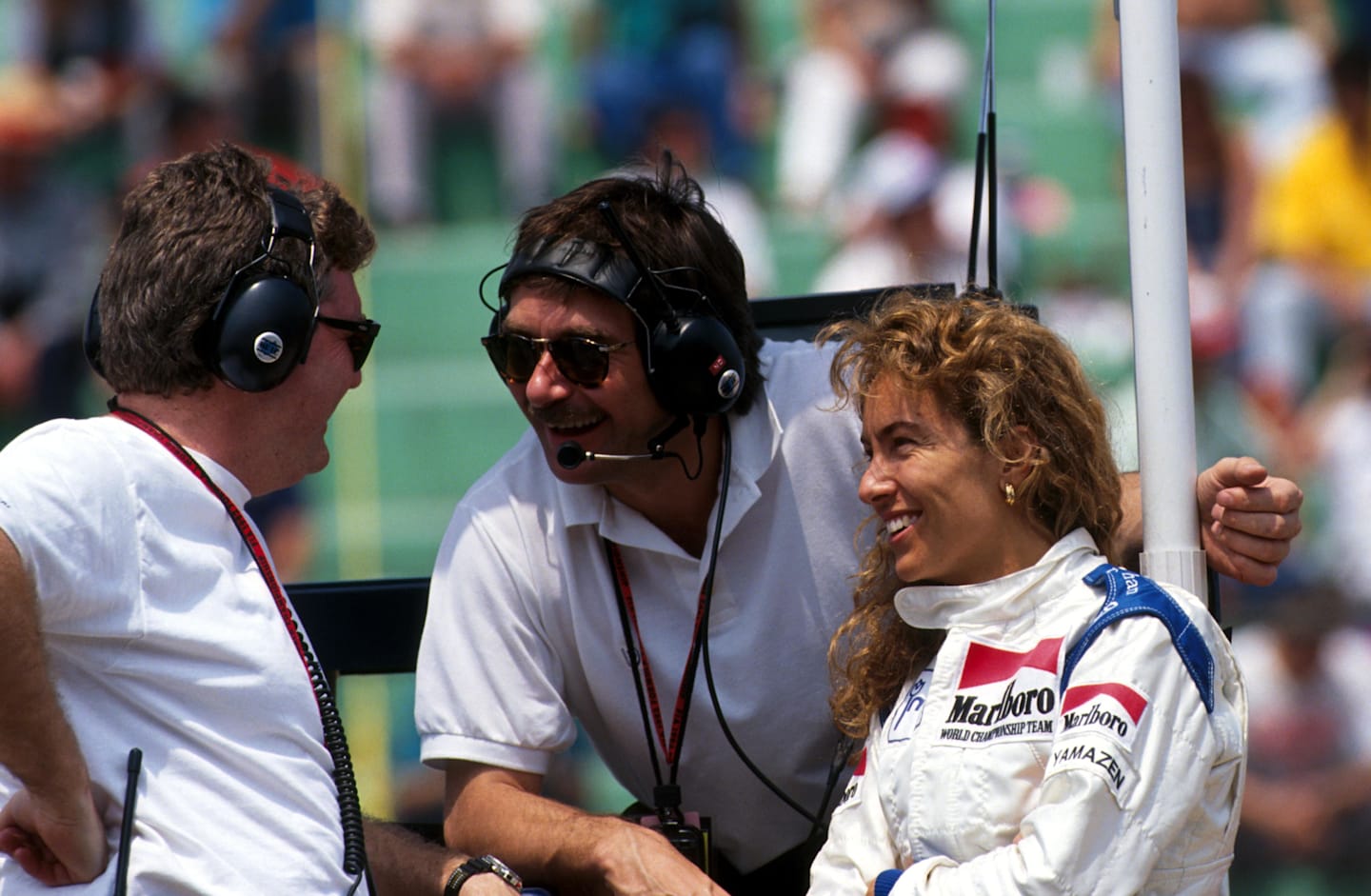
No woman has entered an F1 Grand Prix since Amati almost 33 years ago
2000s – Claire Williams
The Williams team is one of F1’s most iconic and historic, propelled to the very top under the leadership of Frank Williams – in their heyday of the 80s and 90s, they claimed a remarkable nine Constructors’ titles.
His daughter Claire, having quite literally grown up around the team, chose to start her motorsport career as a Press Officer at Silverstone. In 2002, she formally joined the family business as their Communications Officer, honing her skills and learning the intricacies of how a team functions before rising to Head of Communications in 2010.
Those years proved especially formative as, throughout the decade, the Oxfordshire-based outfit fell into a gradual decline; they struggled to adapt to financial and technical changes in the sport, with Frank Williams stepping down in 2012. Claire replaced him on the board to represent the family and, within a year, she was appointed Deputy Team Principal and took on the day-to-day running of the team.
She was crucial in guiding Williams through the other side of some of their toughest years as she brought in a new line-up of Felipe Massa and Valtteri Bottas, reformed the engineering department, and agreed a deal to use Mercedes engines.
As well as battling to improve their performance on track, Claire was a strong advocate for female representation in motorsport. From appointing female development drivers to working with charities and encouraging women to study STEM subjects, she was determined to establish greater gender diversity.
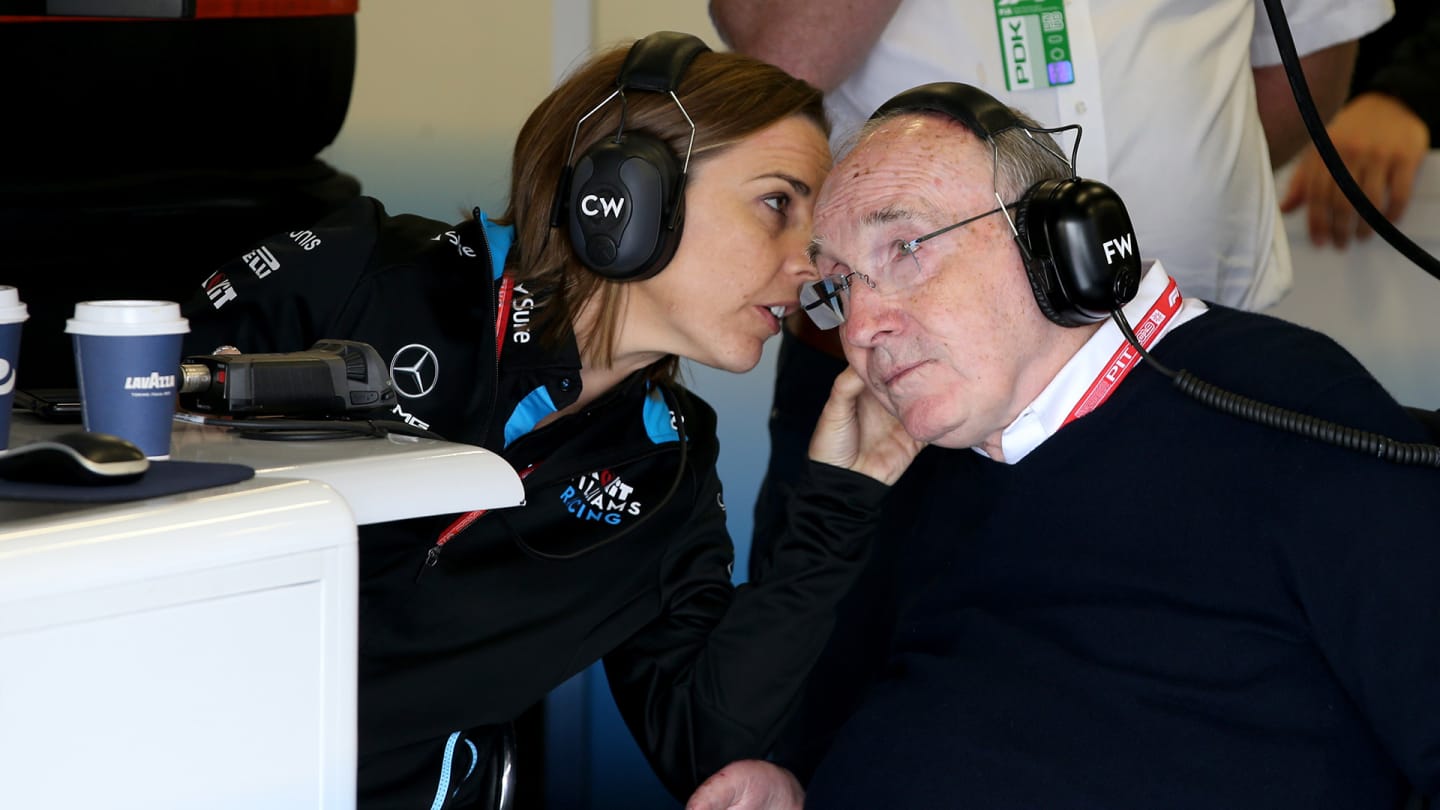
The Williams family were an instrumental part of a key chapter in F1's history
2010s – Monisha Kaltenborn
Monisha Kaltenborn had a more unconventional route to F1, beginning as a law student and working her way up to become the first female Team Principal in the paddock.
After graduation, she landed a role with the Fritz Kaiser Group, a firm whose owner also co-owned the Sauber F1 team. Kaltenborn was originally employed to manage the team’s legal affairs, continuing her role even after Kaiser sold his shares.
LISTEN: 'A total shock' – Ex-Sauber boss Monisha Kaltenborn recalls the BMW-Sauber split of 2009
By 2001, she had taken a role on Sauber’s management board and supported the team as it parted ways with BMW in 2010. Now an independent constructor, they promoted Kaltenborn to CEO of Sauber Motorsport that year.
Peter Sauber's slow withdrawal from the team culminated at the end of the 2012 season when he stepped back from daily management, promoting her once again to the high-pressure role of Team Principal.
Sauber faced their fair share of challenges by competing independently against a grid primarily made up of OEMs (Original Equipment Manufacturers), but Kaltenborn steered the team through each one before she left her role ahead of their partnership with Alfa Romeo in 2017.
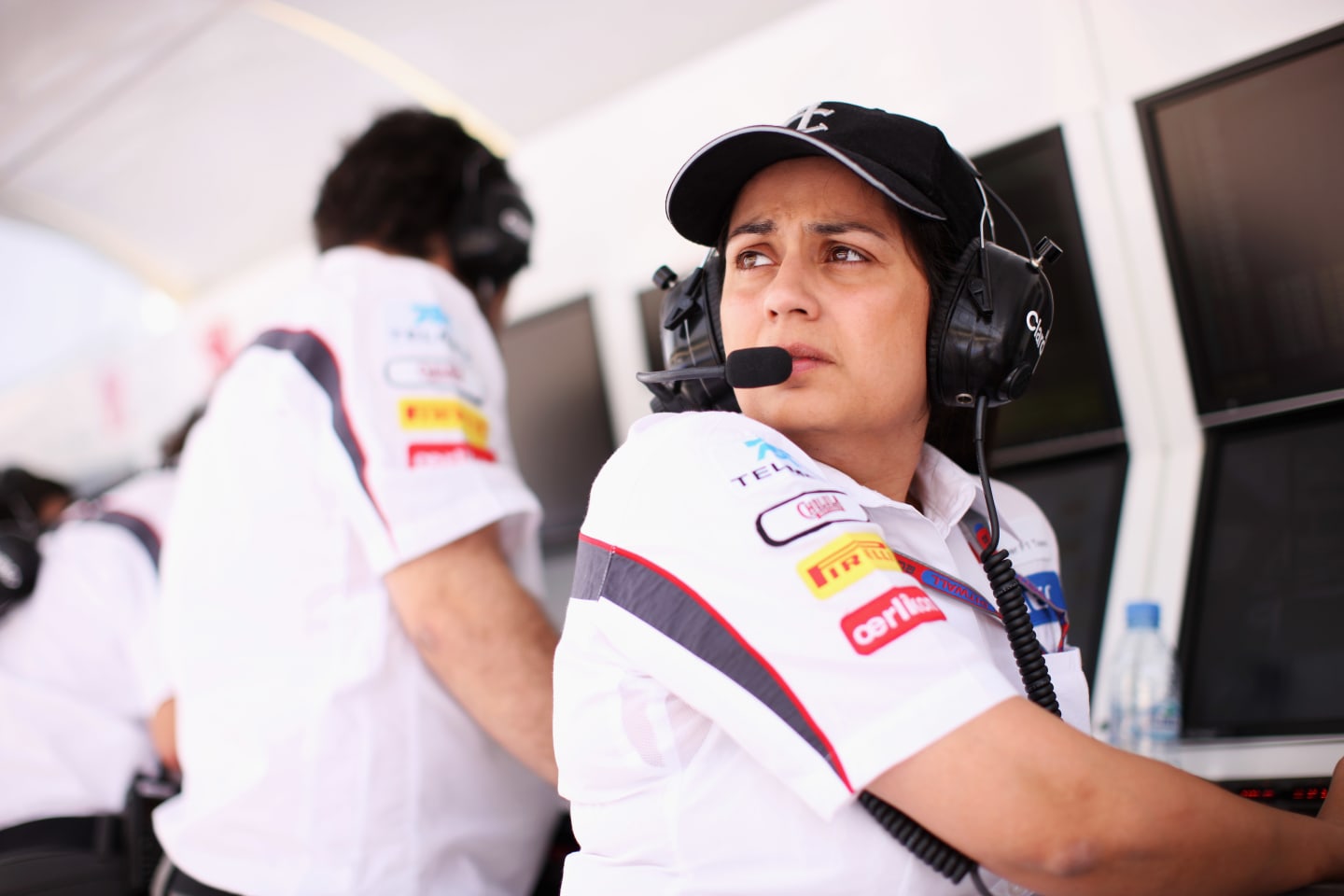
Kaltenborn became a regular sight on the Sauber pit wall
2010s – Susie Wolff
One of the greatest supporters of opening F1 up to more women, Susie Wolff has been an influential figure in the paddock since 2012, when she joined Williams as a development driver.
Then 30 years old, her motorsport experience was already extensive; she was named the world’s top female karter before progressing up the ladder to a seven-season stint in DTM. After two years of development duties, Wolff became the first woman since Amati to participate in an F1 weekend when she took part in free practice at the 2014 British and German Grands Prix.
An engine problem forced her to prematurely cut the session at Silverstone short, but in Hockenheim she placed a respectable 15th out of 22 cars, ending just 0.2s off team mate Felipe Massa’s lap time. Her impressive performances saw her promoted to test driver, entering a further two practice sessions in the 2015 season in addition to a pair of test outings.
Towards the end of the season, believing that she had gone as far as she could in her racing career, Wolff retired from driving and emphasised that she wished to help other women to thrive in the industry.
An incredibly successful period in Formula E as Team Principal of Venturi Racing followed, but the team’s choice to rebrand in the 2022-23 season saw Wolff step down and move into her current role as managing director of F1 ACADEMY. Under her leadership, this groundbreaking series continues to break down barriers for female racers, providing them with unprecedented support from F1 teams.

Wolff remains a keen advocate for women in motorsport
2020s - Hannah Schmitz
Over the years, we’ve gradually started to see more women on team pit walls, from strategists-turned-pundits Ruth Buscombe Divey and Bernie Collins to Red Bull’s current Principal Strategy Engineer Hannah Schmitz.
Obtaining an engineering job at the Milton Keynes outfit straight after university, Schmitz worked on simulations and created potential strategies – her work led to her being promoted to Senior Strategy Engineer within just two years.
The seasons ticked by as she proved herself to be an indispensable member of the team at each Grand Prix, implementing effective strategies under incredible pressure to assist with Red Bull’s ascendancy back to the top.
Schmitz took on her current role back in 2021 and helped secure key victories for both four-time world champion Max Verstappen and his former team mate Sergio Perez. A highlight came at the 2022 Hungarian Grand Prix where she went against the pack and elected not to use the hard tyre, allowing the Dutchman to move up the field from 10th to first by undercutting his rivals.
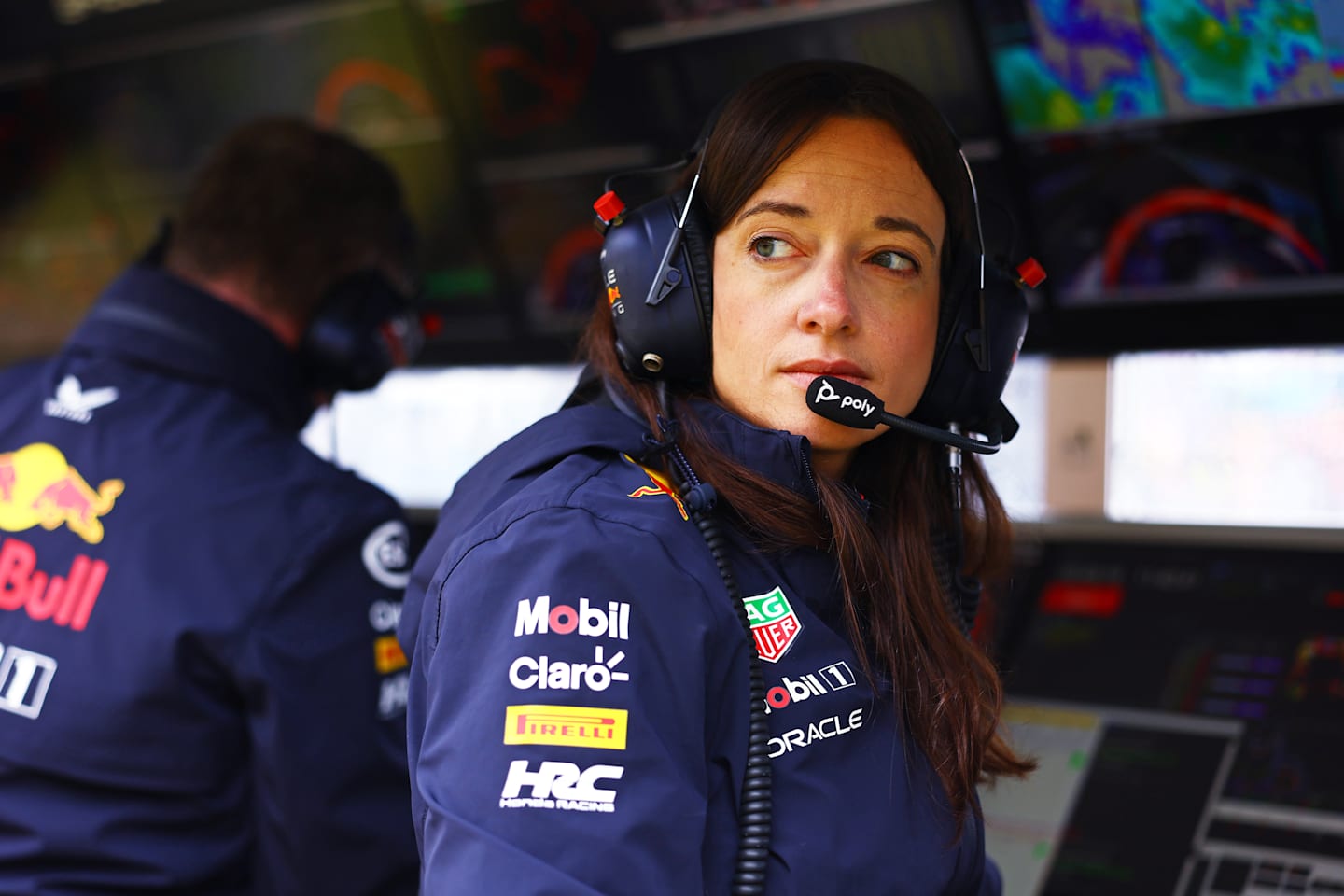
Schmitz has been instrumental to Red Bull's success in recent years
2020s - Laura Mueller
Ahead of the upcoming 2025 season, Haas announced that experienced engineer Laura Mueller would partner their new recruit Esteban Ocon, making her the first female Race Engineer in F1 history.
Mueller has years of experience across a number of motorsport disciplines – she started out in 2014 as an analysis intern with German team Phoenix Racing before building on her engineering education in Formula Renault 2.0 and stock cars, working with former F1 driver Lucas di Grassi in the latter.
Her racing expertise continued to grow as she worked with numerous teams across LMP2, DTM and GT3, eventually stepping up to F1 with a role in Haas' simulator department back in 2022.
Her promotion is yet another milestone in the history of women in F1 – and while the quest for greater representation is undoubtedly still ongoing, the sport has come a long way in the last 75 years.
Women have always been critical to the success of F1, and initiatives like the latest Diversity and Inclusion Charter ensure that this will not only continue, but grow significantly.
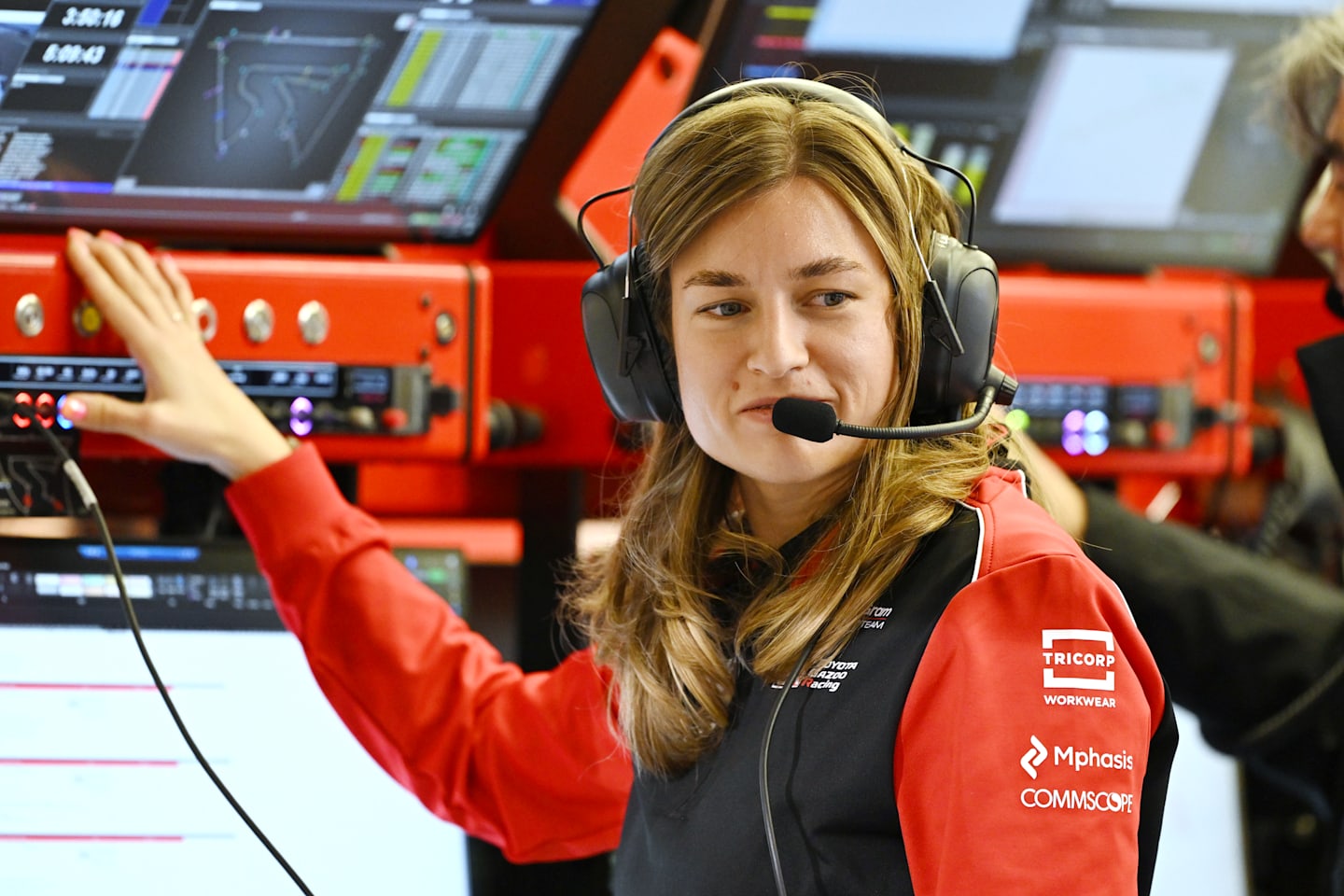
Mueller's latest role is part of a wider restructuring within Haas
DISCOVER MORE...
IT'S RACE WEEK: 5 storylines we're excited about ahead of the 2025 Chinese Grand Prix
POWER RANKINGS: Who tops our first leaderboard of the season after a wet and wild Australian GP?
TECH WEEKLY: Has McLaren’s secret weapon for the 2025 season been revealed?
Who to watch out for from the 2025 F1 ACADEMY grid as the series returns in China
YOU MIGHT ALSO LIKE
Feature IT'S RACE WEEK: 5 storylines we're excited about ahead of the 2025 Chinese Grand Prix
News Antonelli took ‘good boost of confidence’ from F1 debut as he gets set for ‘different’ challenge with first Sprint in China
News F1 Arcade announces opening date for new Philadelphia venue
FeatureF1 Unlocked ICYMI: Mullets, team mate goals, celebrities and wild weather – it’s the best social media from Australia
